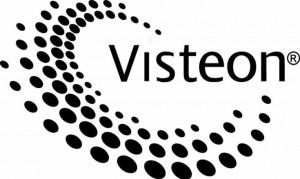Ford Motor Co.’s one-time partsmaking operations, now known as Visteon, may soon be able to exit bankruptcy protection, following in the corporate footsteps of Delphi Corp., the former General Motors parts arm that this year finally wound up the longest run under Chapter 11 of any company in American history.
The two units were initially created to help Ford and GM spin off stamping and other component operations that they no longer believed possible to operate profitably, especially under their expensive union labor contracts. But even on its own, Visteon, created in 2000, was almost immediately struggling to survive.
The maker filed for Chapter 11 protection in May of last year and many observers believed that without some assistance from former parent Ford, it would not be able to re-emerge.
But the two companies have resolved a number of outstanding issues, Ford agreeing to waive $268 million in pension and retiree benefit claims against Visteon. The automaker has also agreed to move forward with $600 million in critical new contracts.
“The global settlement represents the final piece of the puzzle in Visteon’s Chapter 11 reorganization and the restructuring of its commercial relationship with Ford,” Visteon said in a court filing in U.S. Bankruptcy Court in Delaware.
Barring a last-minute hitch, the Visteon that would emerge from bankruptcy will be very different from the company Ford spun off a decade ago.
The company, based in the Detroit suburb of Van Buren Township, has closed or sold more than 50 plants and seen its workforce shrink from 80,000 to 26,000 worldwide. Sales have been cut from $19 billion to just $6.7 billion, with a move away from traditional heavy metal operations to more high-tech business.
In the process, Visteon has slashed by roughly two-thirds its dependence upon Ford, which initially provided 84% of its revenues and now generates just 27%. Indeed, the Michigan company’s biggest client, these days, is the Korean carmaker, Hyundai.
Once the world’s largest auto parts company, Delphi followed a similar downsizing strategy through its long bankruptcy process but with a new focus on high-tech products it is aiming to rebuild revenues by as much as $1 billion annually. Visteon is aiming to achieve a directionally similar turnaround.

